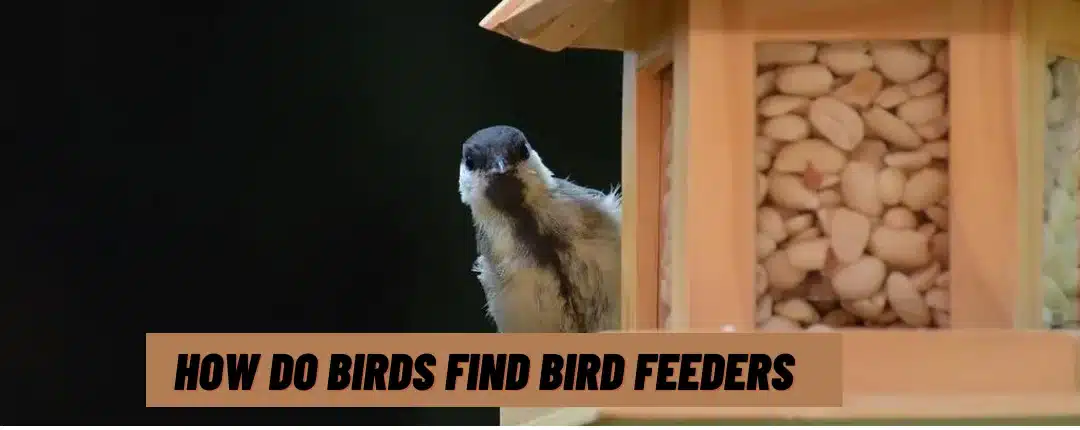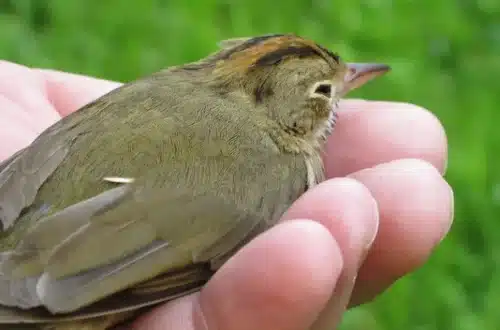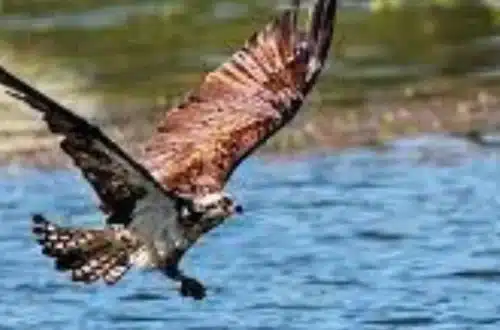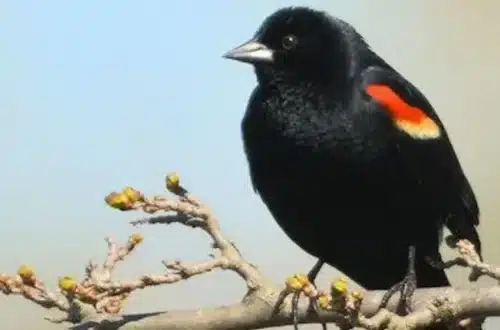When you hang a feeder filled with seed, it doesn’t take long for colorful birds to find it and start feasting. But how do wild birds quickly locate these accessible food sources in vast territories? Birds use excellent vision, memory, communication, and other senses to pinpoint nutritious opportunities. How feeders initially attract birds and become regular pitstops reveals essential biology.
This article explores the ways birds spot feeders and remember their locations. You’ll gain insight into Avian’s eyesight, memory, information sharing, and feeding motivations. Learning these secrets will help you design an ideal backyard habitat that brings joy to both birds and birders.
The Avian Navigation System: A Marvelous Journey

Birds with a remarkable sense of vision scan the landscape from high above. Their keen eyesight allows them to spot potential food sources like bird feeders with astonishing precision.
Nature’s GPS: Magnetic Sensitivity
Beyond visual acuity, birds possess an innate ability to sense Earth’s magnetic field. Scientists believe this magnetic sensitivity aids them in navigating vast distances, guiding them to familiar feeding grounds, including well-hidden bird feeders.
Following the Feathered Trail
Birds are social creatures, and they often share information within their communities. When one bird discovers a reliable food source, such as a well-stocked bird feeder, others quickly catch on. This communal sharing ensures a steady flow of visitors to these avian buffets.
Cracking the Code: Deciphering Bird Feeder Locations
Recognizing Familiar Territory
Birds are adept at recognizing visual landmarks. They memorize the surroundings of bird feeders, associating them with specific shapes, colors, or structures. This mental mapping helps them revisit these feeding spots regularly.
Tuning into Bird Feeder Sounds
The subtle sounds associated with bird feeders, like the rustling of leaves or the clinking of feeding accessories, create distinctive acoustic signatures. Birds keenly pick up on these sounds, guiding them effortlessly to the source of nourishment.
Nature’s Perfumed Pathways
While humans rely heavily on sight and sound, birds also navigate through scent trails. Bird feeders, often stocked with aromatic seeds and treats, emit scents that guide our feathered friends through an olfactory adventure to their next meal.
The Dance of Discovery: Bird Feeder Exploration
Birds are naturally curious beings. When exploring new territories, they often stumble upon bird feeders. Their inquisitive nature leads to delightful moments as they inspect the offerings for them.
Learning from Feeding Experiences
Young birds, in particular, embark on a learning journey to find bird feeders. Through trial and error, they discover the locations and types of feeders that suit their preferences, creating a personalized feeding routine.
Surviving in Changing Environments
Birds are adaptive creatures, adjusting their foraging strategies based on environmental changes. Whether it’s the shifting seasons or alterations in the garden landscape, birds evolve their methods to locate and access bird feeders.
Crafting a Bird-Friendly Haven: Tips for Attracting Feathered Friends
Strategically designing your garden can significantly impact bird visits. Planting bird-friendly flora and creating inviting spaces with bird feeders can transform your outdoor area into a haven for our winged companions.
Catering to Diverse Tastes
Offering a variety of bird feeders with different types of seeds ensures a diverse range of avian visitors. Some birds prefer seeds, while others may be enticed by suet or nectar. Catering to these preferences provides a vibrant mix of feathered guests.
Consistent Feeding Schedule
Birds thrive on routine. Establishing a consistent feeding schedule helps them anticipate meal times and builds trust. Trustworthy bird feeders become reliable food sources, attracting a loyal following of birds.
Hydration Matters
In addition to food, water is a crucial element in attracting birds. Birdbaths or small water features near bird feeders provide essential hydration and create a holistic environment that appeals to our avian friends.
Final Thoughts
The enchanting world of avian navigation unveils the marvels of How Do Birds Find Bird Feeders? Their keen senses, from extraordinary vision to magnetic sensitivity, showcase the intricate methods birds employ.
Their behavior, social interactions, and adaptive nature allow us to create an ideal habitat, ensuring joy for both birds and birders. So, let the dance of discovery continue as we craft bird-friendly havens that resonate with the rhythmic beat of nature.






